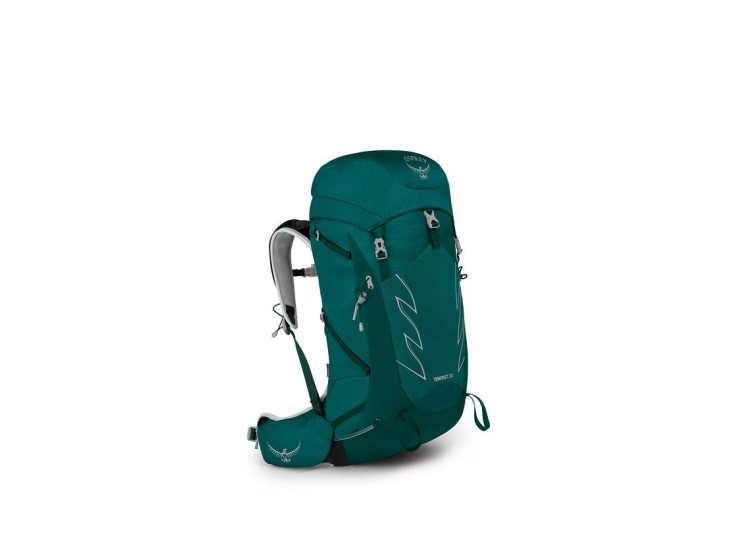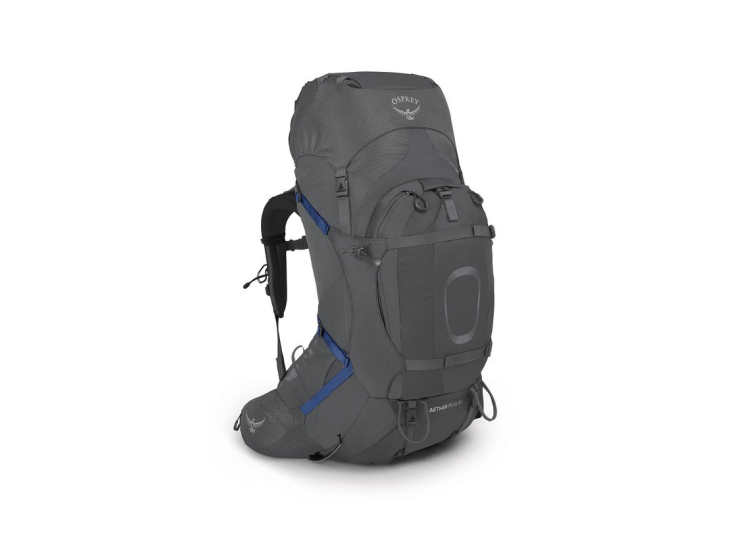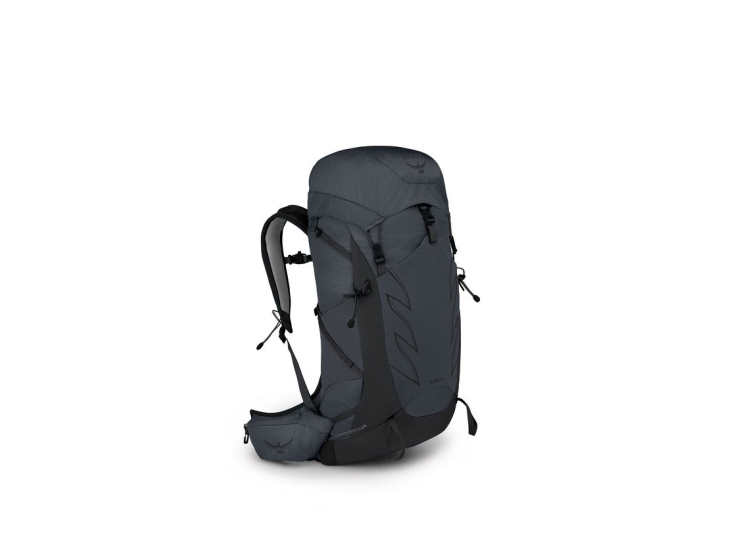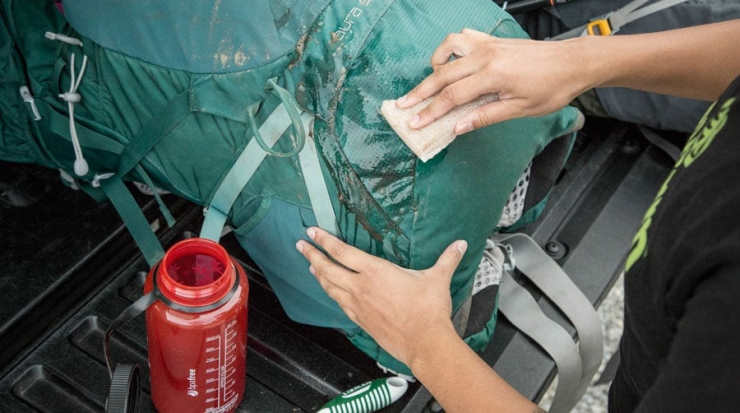The North Face backpack is a durable and reliable companion for any outdoor adventure. However, after a few trips, it’s not uncommon for your trusty backpack to start showing signs of wear and tear. To keep your North Face backpack looking and smelling fresh, regular cleaning and maintenance are essential. In this blog post, we will walk you through the step-by-step process of cleaning your North Face backpack to ensure it stays in top condition for years to come. From gathering the necessary materials to preparing your backpack for cleaning, to actually washing and drying it, we’ll cover all the bases. We will also share some maintenance tips to help you prolong the life of your beloved backpack. Let’s dive in and learn how to clean your North Face backpack like a pro.Learn essential materials, preparation steps, cleaning process, drying techniques, and maintenance tips in this informative blog post.
Materials Needed

1. Mild detergent or soap: Choose a gentle detergent or soap that is safe for use on fabrics to clean your North Face backpack.
2. Soft brush or sponge: You’ll need a soft-bristled brush or sponge to scrub away dirt and stains without damaging the material of your backpack.
3. Water repellent spray: To help maintain the water repellency of your North Face backpack, it’s a good idea to have a water repellent spray on hand for after cleaning.
4. Clean cloth or towel: Have a clean cloth or towel ready to absorb excess water and help dry your backpack after cleaning.
Preparation Steps

Before starting the cleaning process for your North Face backpack, it is important to gather all the materials needed. You will require a gentle detergent, soft brush or sponge, lukewarm water, and a clean towel.
Next, begin by emptying out all the contents of the backpack and removing any detachable parts such as straps or waist belts. This will allow you to clean the backpack thoroughly and ensure no areas are missed.
Once the backpack is empty, gently brush off any loose dirt or debris from the surface. Avoid using harsh chemicals or abrasive materials that could damage the fabric.
After the initial cleaning, mix a small amount of detergent with lukewarm water to create a soapy solution. Use the soft brush or sponge to gently scrub the entire surface of the backpack, focusing on any stained or soiled areas.
Cleaning Process

Step 1: Start by emptying out your North Face backpack and shaking it to remove any debris or loose dirt. This will make the cleaning process much easier.
Step 2: Next, fill a bathtub or large basin with lukewarm water and add a small amount of mild detergent. Gently agitate the water to create suds.
Step 3: Submerge your backpack in the soapy water and use a soft brush or sponge to gently scrub any dirty areas. Pay special attention to the straps and zippers.
Step 4: Once you have cleaned the entire backpack, rinse it thoroughly with clean water to remove any soap residue. Hang it up to air dry in a well-ventilated area, away from direct sunlight.
Drying Techniques

The first step in drying your North Face backpack is to remove all contents from the bag. Make sure there are no items left inside the compartments or pockets of the backpack.
Next, turn the backpack inside out to expose the inner lining and pockets. This will allow for better air circulation and faster drying of the fabric.
Hang the backpack in a well-ventilated area away from direct sunlight. Make sure the bag is evenly hung to prevent any deformation in the shape of the backpack.
Check the backpack periodically to ensure it is drying properly. If needed, you can gently pat the fabric with a dry towel to absorb any excess moisture.
Maintenance Tips

Regularly clean your North Face backpack: It is important to regularly clean your backpack to prevent dirt and grime from building up. Use a mild detergent and water to gently scrub the exterior of the backpack, focusing on high-traffic areas.
Store your backpack properly: When not in use, make sure to store your backpack in a cool, dry place away from direct sunlight. This will help prevent mold and mildew from forming on the fabric.
Check for any wear and tear: Before each use, inspect your backpack for any signs of wear and tear, such as loose stitching or frayed straps. Address any issues immediately to prevent further damage.
Re-waterproof when necessary: Over time, the waterproof coating on your backpack may wear off. Reapply a waterproof spray or wax to ensure that your backpack remains water-resistant.



